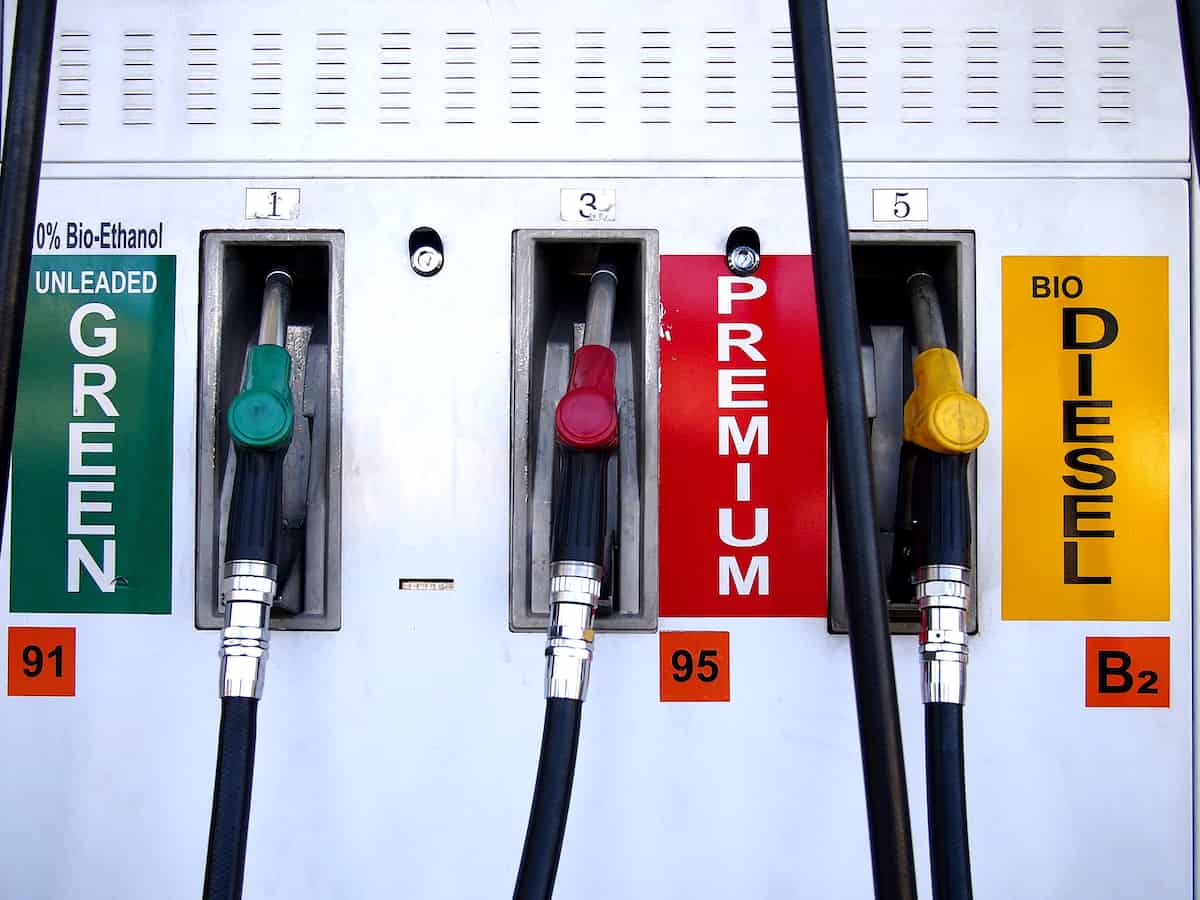When embarking on a journey, whether it’s a casual trip to the grocery store or a grand cross-country adventure, the fuel that powers your vehicle plays a crucial role in ensuring a smooth ride. At the heart of this mechanized brilliance sits regular gas, a common fuel type akin to the unsung hero of the automotive world. Yet, what exactly is regular gas, and how does it affect your everyday driving experience? To fully appreciate its importance, let’s delve into the intricacies that surround this ubiquitous fuel.
Regular gas, often referred to as unleaded gasoline, is designed primarily for use in standard internal combustion engines. The term “regular” can be misleading, as it implies a sort of ordinariness; however, it signifies an essential element that keeps the wheels of society turning. In the grand symphony of fuel types, regular gas is the steady drumbeat—a reliable and familiar companion that orchestrates the daily rhythms of modern life.
At its core, regular gas is composed primarily of hydrocarbons, which are derived from crude oil through a process called refining. This intricate procedure breaks down the crude oil into various components, separating gasoline from other substances such as diesel or kerosene. What emerges is a blend of alkanes, cycloalkanes, and aromatic hydrocarbons, each contributing to the fuel’s energy content and combustion properties.
The octane rating is a critical aspect of regular gas. Typically graded at 87, this measurement indicates the fuel’s ability to resist premature ignition, a phenomenon known as “knocking.” Knocking can be a troublesome adversary for your engine, akin to a disruptive intruder that jeopardizes the harmony of a finely tuned performance. Regular gas strikes a balance between affordability and performance, standing as an accessible choice for the vast majority of vehicles on the roads.
Conversely, there exist higher-octane fuels—often labeled as mid-grade and premium—that may be better suited for high-performance or luxury vehicles. These fuels are formulated with enhanced resistance to knocking, allowing high-compression engines to perform at their pinnacle without fear of a cacophonous disturbance. However, for everyday drivers, the allure of regular gas lies in its practicality and economic feasibility. It serves the needs of countless vehicles and drivers without the luxuries that higher-octane options provide.
The allure of regular gas is multifaceted, and its appeal extends beyond mere performance. It embodies a sense of community, representing the fabric of everyday life. Consider it as the bread and butter of the automotive diet; it nourishes the vehicles that transport families to school, friends to weekend getaways, and workers to their places of employment. Regular gas connects lives, propelling interactions and experiences that shape our society.
All of this, however, is not without its challenges. The environmental implications of gasoline consumption have become an increasingly pressing concern. Regular gas, while convenient and effective, contributes to carbon emissions and air pollution as it combusts within the engine’s confines. The quest for sustainability urges us to explore alternative fuel sources—electric vehicles, biofuels, and hydrogen—but for the time being, regular gas continues to be the dominant fuel in the automotive sector.
Interestingly, the market for regular gas also varies by region, influenced by a myriad of factors including geography, supply chain logistics, and regulatory measures. Gasoline prices fluctuate based on these variables, creating an ebb and flow reminiscent of tides. Consumers often ponder the best time to fill their tanks, aiming to capitalize on lower prices while navigating the unpredictable nature of the oil market.
Quality is another vital aspect of regular gas. While most fuel stations offer gas that meets essential regulatory standards, there can be marked differences in fuel quality due to the freshness of the supply or the presence of additives. Some fuel giants incorporate detergents and other enhancements into their regular gas to prevent deposits from forming in the engine. It’s analogous to a chef using high-quality ingredients to ensure that a dish not only tastes good but also promotes overall health and sustainability.
For the astute consumer, understanding how their vehicle operates with regular gas is paramount. Most modern vehicles are designed to run efficiently on this fuel, but it’s always advisable to check the owner’s manual for specifications. Ignoring these recommendations can lead to diminished performance or, worse, engine damage. It is a reminder that just as every ingredient in a recipe contributes to the final dish, so too does every component in a vehicle’s fuel system impact its overall function.
In conclusion, regular gas embodies a unique blend of practicality, economic sense, and a deep connection to our everyday lives. As you fill your tank, remember that you are partaking in a fuel that has propelled countless stories, journeys, and connections. In the grand tapestry of transportation, regular gas is far from ordinary—it’s an essential thread that binds together the hopes, dreams, and aspirations of millions. Embrace its significance, and let it fuel your next adventure.
